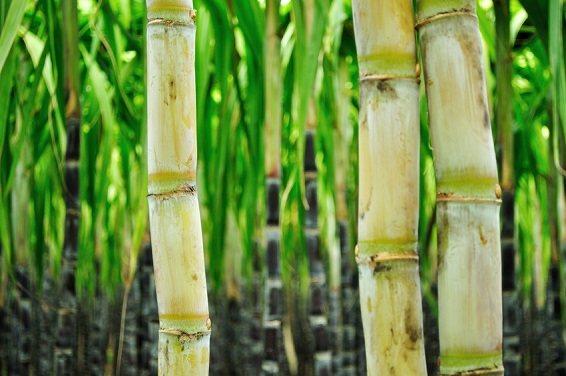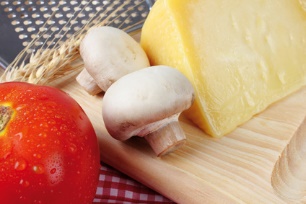
Monosodium glutamate, aka MSG, sounds far from nature, but is it? To answer that, let’s look at what it’s made of, where it comes from, and what happens to it in your body.
“Natural.” There’s no official definition for the word as it relates to food, which makes the interpretation of it subjective. It seems most people seeking natural foods are doing so to keep close to nature and avoid products they view as synthetic.
 MSG is really just a purified form of naturally occurring glutamate. Glutamate doesn’t like to be alone, so sodium is added to make it more stable. While this particular combination of sodium and glutamate may not be found in nature, sodium and glutamate are naturally everywhere. Glutamate is one of the most abundant amino acids on earth and is found in animals (meat, fish, eggs, etc.) as well as plants (tomatoes, corn, walnuts, etc.). Likewise, sodium is one of the most abundant minerals on earth, and is plentiful in both the soil and the ocean. In terms of what MSG is made of, the components are definitely natural.
MSG is really just a purified form of naturally occurring glutamate. Glutamate doesn’t like to be alone, so sodium is added to make it more stable. While this particular combination of sodium and glutamate may not be found in nature, sodium and glutamate are naturally everywhere. Glutamate is one of the most abundant amino acids on earth and is found in animals (meat, fish, eggs, etc.) as well as plants (tomatoes, corn, walnuts, etc.). Likewise, sodium is one of the most abundant minerals on earth, and is plentiful in both the soil and the ocean. In terms of what MSG is made of, the components are definitely natural.
The Parts of MSG are Natural, but How Is MSG Made?
MSG is produced by fermentation, a process similar to that used in making beer, vinegar and yogurt. Carbohydrates from crops such as corn, sugar beets/cane or cassava are fermented to produce glutamate which is purified and crystallized before drying. The finished product is a pure, white crystal which dissolves easily and blends well in many recipes.
The parts of MSG are natural, but where does MSG come from exactly? Boiled seaweed was what led to the discovery of glutamate’s responsibility for umami (savory) flavor, and that was the initial source for glutamate extraction. Eventually, an easier way was found, and now most MSG is made by fermenting sugar cane or corn. Fermentation is the same process that has been used to make wine, vinegar, yogurt, and many other foods for thousands of years. Of all the ways to isolate glutamate for MSG, fermentation is a fairly natural way to do it.
Finally, let’s look at MSG in the context of the human body. Glutamate is such an important amino acid to us that our bodies can actually make it. When we eat MSG, it is broken down in our GI (gastrointestinal) tract into sodium and glutamate the same way other sodium- and glutamate-containing things are. Much of the glutamate is used as fuel by the cells in the GI tract although some goes on to make proteins in our bodies. Our bodies can’t tell the source of the glutamate or sodium; they only see the compounds.
You may not find pure MSG growing on a vine, but that doesn’t mean that it adds anything new to what you’re eating. When you consider that MSG is made of naturally occurring sources through a process that has been used for centuries and our bodies consider all glutamate the same, then you can see MSG is not as far from nature as some people might think.
For further reading:
Here’s the U.S. Food & Drug Administration’s (FDA) explanation of how MSG is made.

